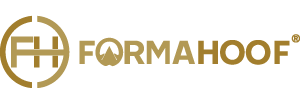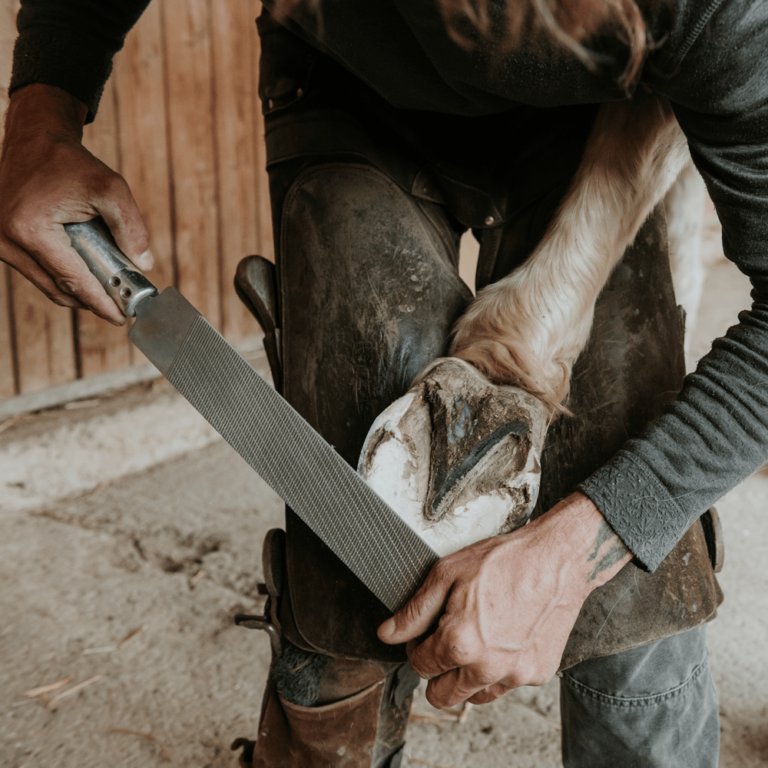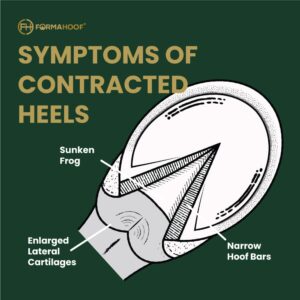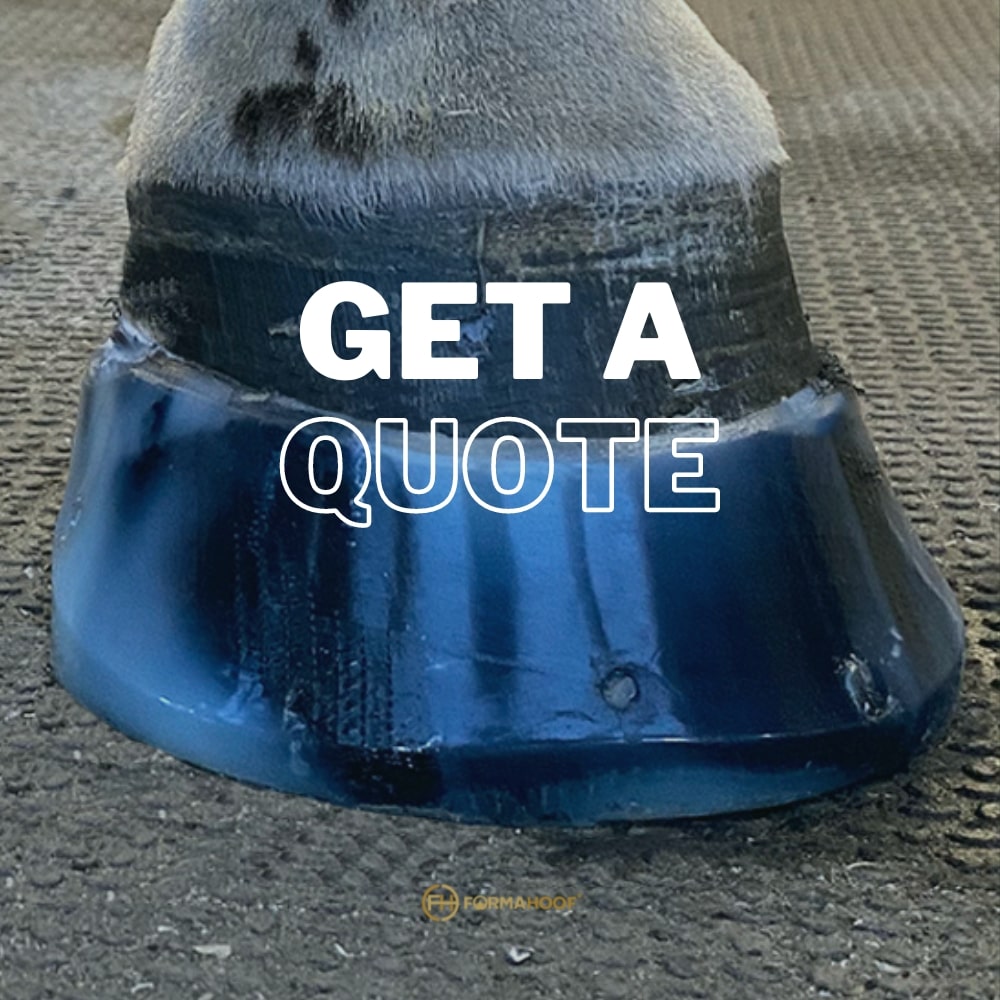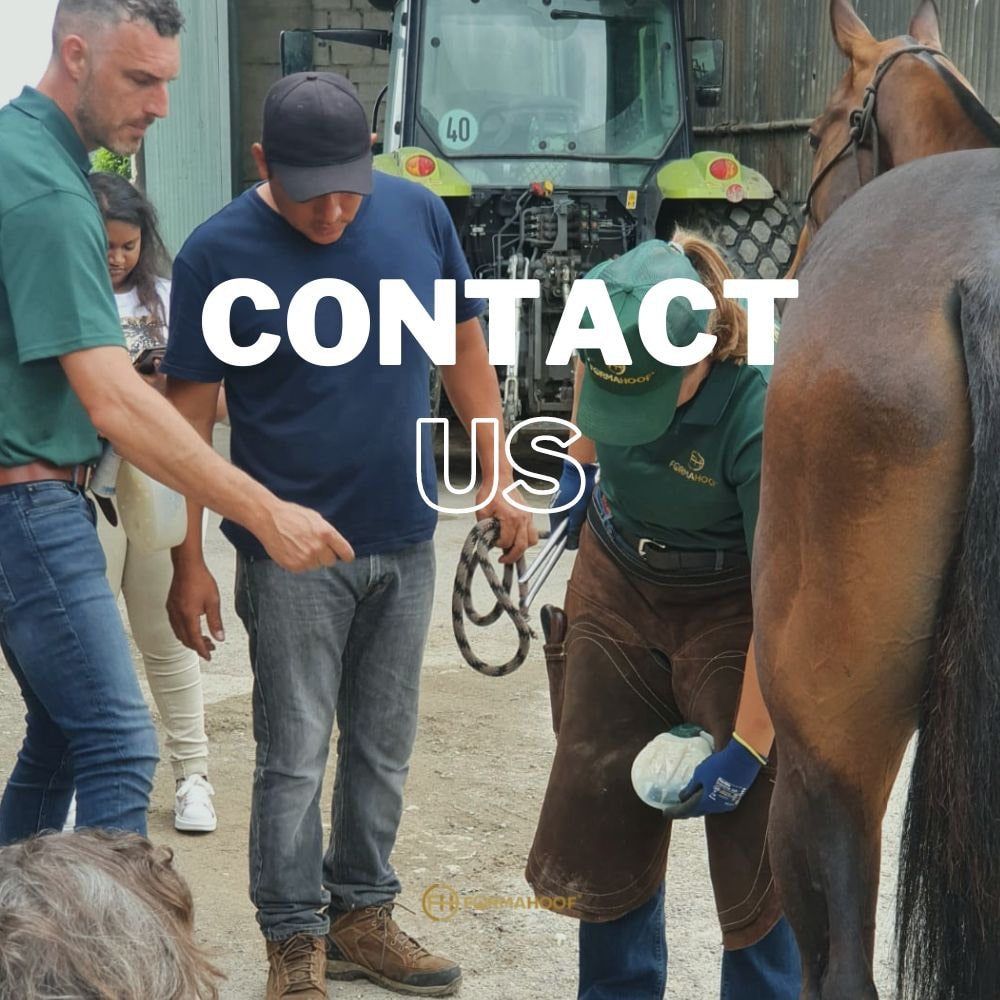Embarking on the path to becoming a barefoot trimmer entails diving into the world of holistic and natural horse hoof care. Beyond merely being a method, barefoot trimming is an approach that takes into consideration not only the methodical trim but also the living conditions and regular terrains encountered by the horse. This practice seeks to encourage physiologically correct hoof growth and employs appropriate living conditions to aid in remodeling where necessary, thus ensuring the maintenance of a healthy hoof.
Barefoot Trimming: A Synthesis of Anatomy and Care
If your interests gravitate towards equine anatomy, practical skills, and a genuine enthusiasm for working with horses, considering a career in hoof trimming could be rewarding. The rising demand for barefoot trimmers and the increasing number of horses adapting to a barefoot lifestyle underline the potential in this vocation, providing a viable alternative for those who prefer not to delve into blacksmithing.
Education and Training in Hoof Care: Where to Start?
A wide spectrum of educational paths is available to those looking to become proficient barefoot trimmers. Depending on your geographical location, qualification courses can vary significantly and may be offered through various institutions or private training entities. The duration and format of courses might range from a concise one-day introduction to several months of full-time study and could be available both online and in-person. An internship or hands-on training with a local hoof care professional is always an avenue worth exploring.
Self-trimming: Is it a Viable Option?
While technically possible, trimming your horse’s hooves yourself comes with a caveat. While a qualification course may not be mandatory for personal hoof care, it is highly recommended. Engaging an expert is crucial if your horse has underlying hoof conditions or if you lack confidence or expertise in hoof trimming. Inadequate trimming can result in injury or lameness, so erring on the side of caution and employing a professional farrier or trimmer when in doubt is advisable.
In certain circumstances, some horse owners found themselves assuming the role of hoof carers, becoming qualified trimmers and FormaHoof Applicators after finding a lack of available providers in their respective areas. Kate Redmond from Western Australia and Maile La Villa from Thailand, whose stories you can watch below, found themselves in those exact circumstances. Their stories illustrate that with dedication and the right training, it’s possible to provide professional-level hoof care.
The Multifaceted Benefits of Natural Hoof Care
Opting for natural hoof care and barefoot trimming bestows a myriad of benefits upon your horse, such as enhanced blood flow, stronger hoof walls, improved shock absorption, and reduced risk of injuries, to name a few. It’s crucial to note, however, that transitioning a horse to a barefoot lifestyle is not a straightforward process and typically necessitates a transition period to allow the hooves to adapt.
FormaHoof and Natural Hoof Care Providers
Barefoot trimmers and natural hoof care providers can apply FormaHoof. This method is fully compatible with the holistic ethos of natural hoof care, providing a non-invasive and efficient way to support horses. By mimicking a perfectly shaped and balanced barefoot hoof and promoting healthy hoof growth, FormaHoof establishes itself as an invaluable tool for handling various common hoof pathologies.
Moreover, certified hoof trimmers and natural hoof care providers can enhance their toolkit by becoming a FormaHoof Certified Applicator (FCA). This certification, which requires both theoretical and practical testing, is accessible via the FormaHoof Academy, provided the applicant holds relevant certifications.
Barefoot trimming aligns with a philosophy of holistic equine care, emphasizing an understanding of the living conditions and terrains that horses navigate. Whether you are a horse owner exploring DIY trimming, an aspiring professional trimmer, or an experienced practitioner considering the integration of innovative solutions like FormaHoof, a thorough understanding and appreciation of the principles of natural hoof care remain paramount.
